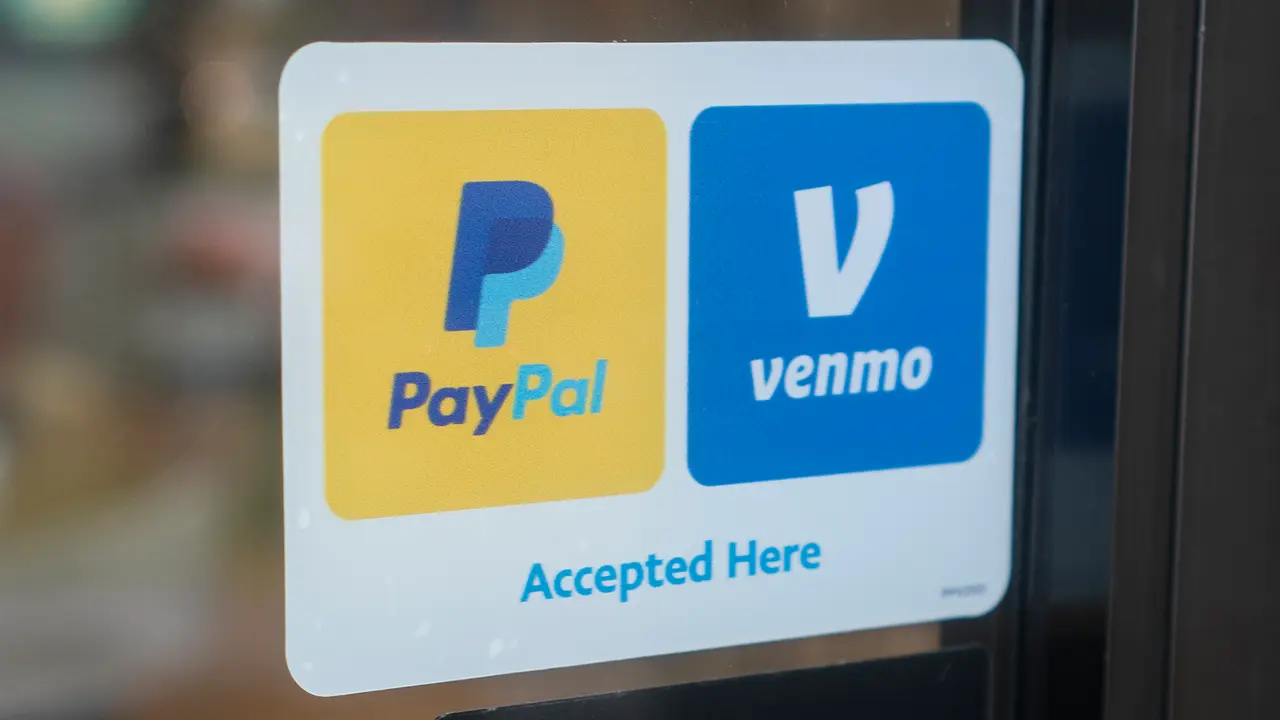The digital world has introduced a novel method of money transfer for the younger generation, where peer-to-peer (P2P) platforms are now emerging as efficient financial tools.
Coupled with this innovation is a potent opportunity for parents to tutor their children on how to utilize these tools judiciously while sidestepping potential stumbling blocks.
Leading the march in this arena, Venmo, on a recent Monday, launched a dedicated account catering to teenagers. Parents can initiate these specialized accounts, endowed with specific features for children aged between 13 to 17 years.
The initiative by Venmo, where individual account holders have to be 18 years or older, is a strategic move to introduce teenagers to the world of digital payments under parental guidance.
Venmo’s teen account, replete with a debit card, can be enriched by a parent’s account through various linked sources. This arrangement gives parents an oversight into their teen’s financial transactions and requests for friendship.
Additionally, they also gain control over privacy settings, ensuring safe transactions.
The P2P phenomenon: A closer look
P2P apps, now prevalent across the United States, have become a staple in 64% of adult transactions. Notably, the younger demographic, ages 18 to 29, contributes to 81% of these transactions, as indicated by a 2022 Consumer Reports study.
While P2P apps like Cash App, Square Cash, Apple Wallet, and the Venmo parent company, PayPal, have introduced features for teen users, each comes with its unique set of requirements. For instance, PayPal still mandates users to be 18 or older.
Consumer watchdog Teresa Murray of the U.S. Public Interest Research Group (U.S. PIRG) has emphasized a cautious approach towards P2P apps. Her warning stems from the realization of the potential pitfalls users can face.
The U.S. PIRG’s analysis of approximately 9,300 complaints to the Consumer Financial Protection Bureau from 2017 to 2021 revealed consistent issues with digital wallets, scams, and customer service across several P2P apps.
In a survey conducted by LendingTree in 2022, nearly a quarter of users admitted to having mistakenly transferred money to the wrong recipient, while 15% reported being victims of scams. This illustrates the real-world implications and complications that can arise when using these services.
Smart practices for the P2P user
Murray suggests that users fund their P2P accounts via credit cards, which offer greater protection under the Truth In Lending Act and Fair Credit Billing Act in case of mishaps.
She further advises against using P2P apps for payments to unknown parties and recommends asking for a payment request from the app before initiating any transaction.
With the rise of P2P platforms, it’s paramount that young users protect their transactions and account access. Additional security measures include making transactions private, employing extra authentication for app access, and refraining from sharing authentication codes.
As teenagers take their first steps into the world of digital payments, financial planners urge parents to maintain open communication about money matters. Desiree Kaul, a certified financial planner at Main Street Planning, encourages parents to keep the lines of communication open.
The P2P revolution is here, and it’s crucial that parents equip their teens with the knowledge to navigate this new financial landscape safely. As long as children feel comfortable seeking answers, they’ll always have a safe place to turn when they encounter a financial question.
In the end, the digital future is already here, and it is our responsibility to ensure our children are ready for it.
The contents of this article are partly inspired by a recent CNBC report.





